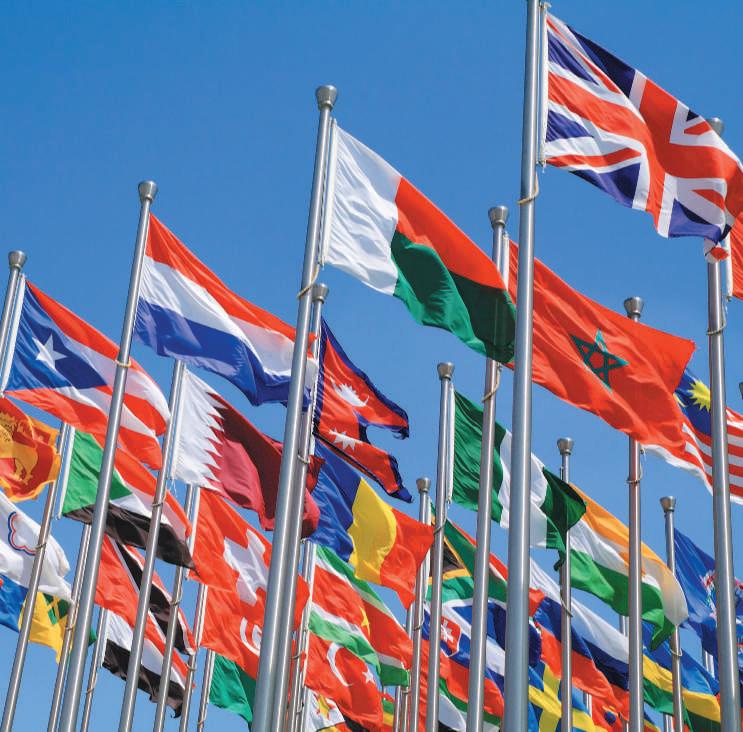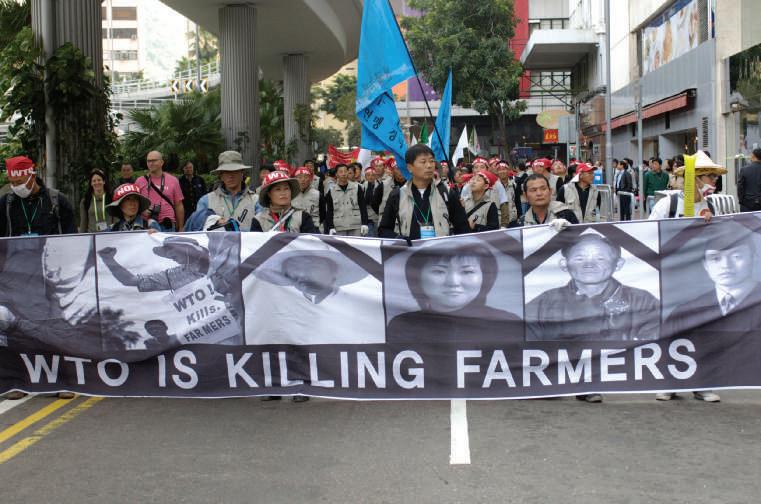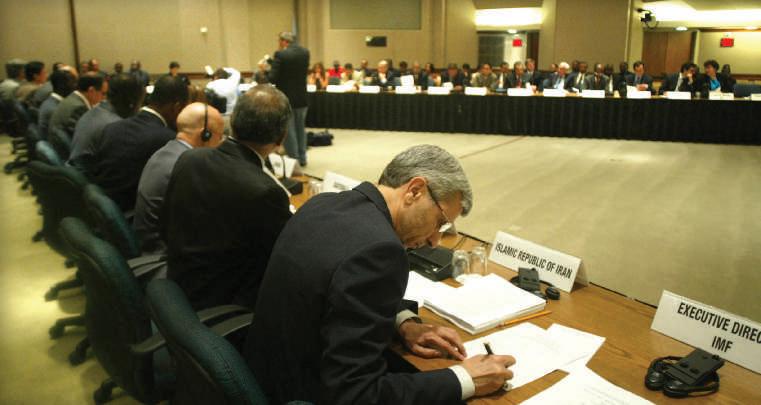C h a p te r 1 1 G lo b al H u m an Re s o u r ce Manage m ent
Jim West/Alamy
282
Leaders of the Ford Motor Company and the United Autoworkers Union shake hands on reaching a new, collective bargaining agreement.
relatively powerless vis-à-vis their employer and thus are potentially subject to unfair treatment. However, if these employees can group together and form a labor union, or a formal organization representing a group or groups of employees, these employees collectively may have the ability to stand toe-to-toe with the employer. The primary goal of labor unions is to engage in negotiations with employers with an aim toward reaching collective bargaining agreements, or agreements comprehensively setting forth employee terms and conditions of employment at a given workplace or group of workplaces. Collective bargaining agreements or contracts typically establish work policies like rates of pay, amounts of vacation time, and seniority rights of employees. They typically last three years, after which a new round of negotiations results in a new contract. Collective bargaining agreements also typically have extensive grievance procedures whereby employees with complaints regarding the administration of the labor contract can have their grievances effectively heard.
11-4c Comparative Labor Relations
labor union
a formal organization representing a group or groups of employees
collective bargaining agreements
a contract comprehensively setting forth employee terms and conditions of employment at a given workplace or group of workplaces
As pointed out earlier in the chapter, relations between labor and management are governed and conducted very differently around the globe. In Canada, as discussed earlier, labor relations are primarily regulated not by the national government, but rather by provincial governments like the Province of Ontario. In contrast, in the United States virtually all private sector labor relations activities are regulated by the federal government—specifically by the National Labor Relations Board (NLRB), which “is an independent federal agency created by Congress in 1935 to administer the National Labor Relations Act, the primary law governing relations between unions and employers in the private sector. The statute guarantees the right of employees to organize and to bargain collectively with their employers, and to engage in other protected concerted activity with or without a union, or to refrain from all such activity.” Canadian provincial regulations generally make it much easier for employees to form and join unions and harder for employers to replace workers who go on strike, than do federal regulations in the United States. Not surprisingly, labor unions have been considerably more successful in recent years in Canada than in the United States, and far more employees are covered by collective bargaining agreements in that country. Nevertheless, the relatively
Copyright 2017 Cengage Learning. All Rights Reserved. May not be copied, scanned, or duplicated, in whole or in part. Due to electronic rights, some third party content may be suppressed from the eBook and/or eChapter(s). Editorial review has deemed that any suppressed content does not materially affect the overall learning experience. Cengage Learning reserves the right to remove additional content at any time if subsequent rights restrictions require it.







































